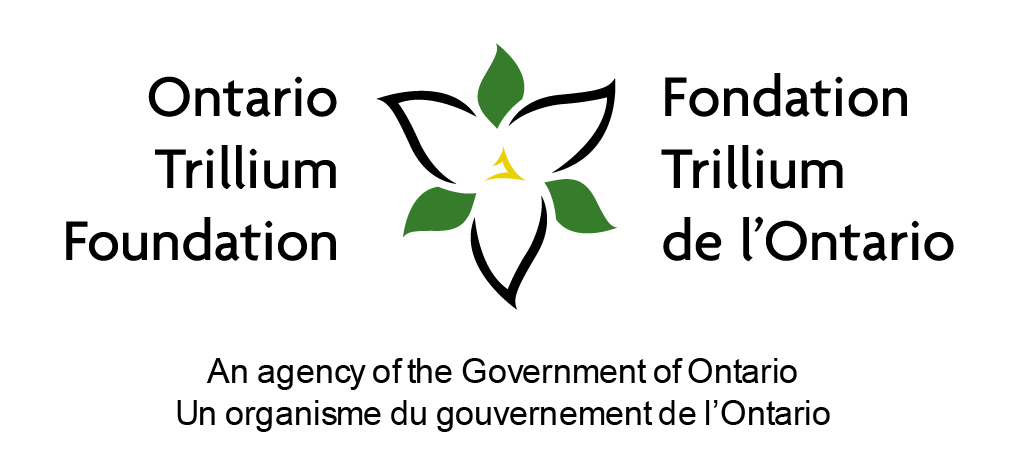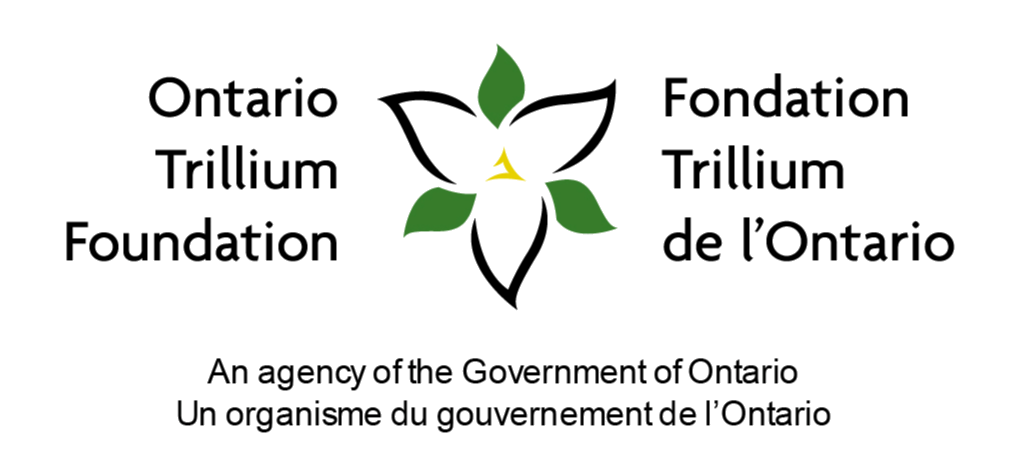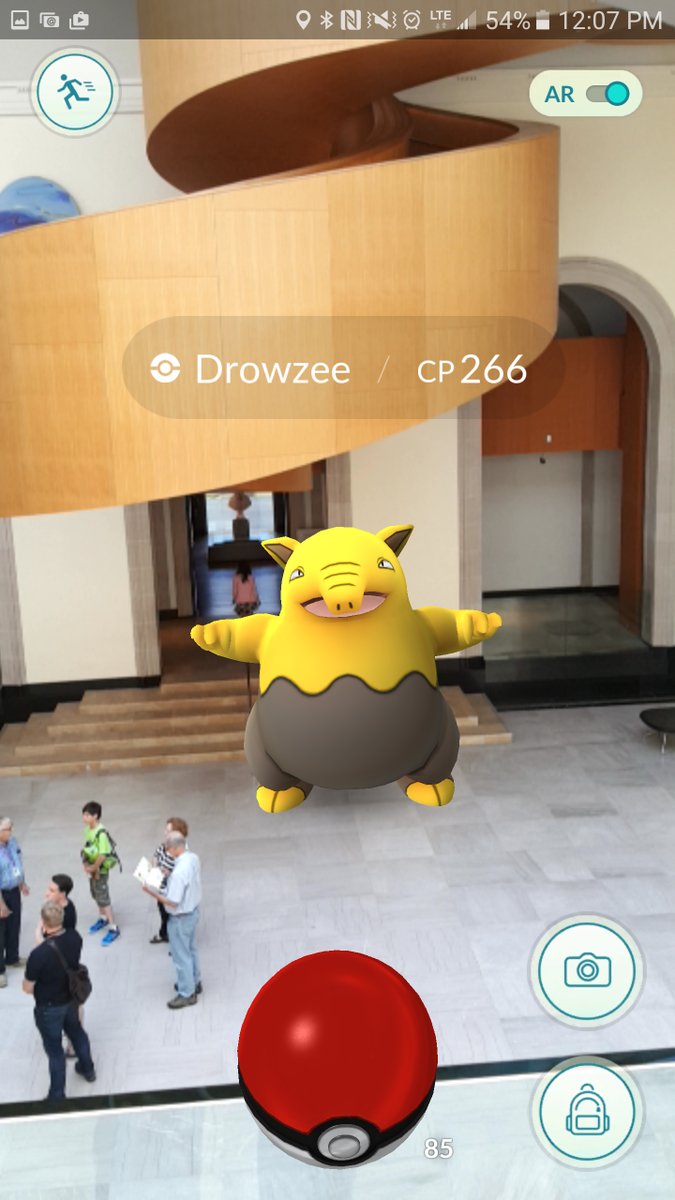
Asset Planner for the Arts is back! Asset Planner for the Arts is an acclaimed asset management tool that makes it easier for you to keep your facility in good repair. ArtsBuild has partnered with Ameresco to provide organizations with this remarkable cloud-based system that tracks the condition of your facilities and the cost of needed major repairs – and ArtsBuild is making it more affordable for you!
Thanks to the support of the Ontario Trillium Foundation, we were able to offer 15 more affordable spots for arts facilities but they are filling up fast!
There are only nine spots remaining! Contact us for a quote today!
ABOUT ASSET PLANNER FOR THE ARTS
ArtsBuild has partnered with Ameresco, a recognized leader in the field of asset management and sustainability, to provide arts organizations with very affordable access to Asset Planner for the Arts – their acclaimed asset management tool. Walter Fedy, a multi-discipline design and construction firm based in Kitchener-Waterloo, will be leading the facility assessments.
ASSET PLANNER FOR THE ARTS LETS YOU:
- Track the physical condition of your facilities
- Calculate the costs for the replacement of key building components
- Prioritize needed capital improvements and identify funding gaps
- Provide detailed 30-year capital forecasts, with a focus on the next five years
- Develop data-driven facilities management plans, budgets and cases for funding
- Generate reports for boards, funders and staff to demonstrate need
- Identify opportunities for efficiency and cost savings.
WHAT IS INCLUDED?
- Site walk-through and building inventory by Walter Fedy
- Online training (via webinar) on the Asset Planner software with Ameresco and ongoing support for two years
- Two year operating license*
- Access to the ArtsBuild Learning Series
COST
Cost for this program is based on square footage of the facility, facility type and location (due to travel cost). The Ontario Trillium Foundation has provided funds to reduce these costs to make it more affordable to our arts organizations.
View our Program Infographic
For more information and/or for a quote, email Lindsay Golds
This program is funded by the Ontario Trillium Foundation. The leading grantmaking foundation in Canada, the Ontario Trillium Foundation strengthens the capacity of the voluntary sector through investments in community-based initiatives. An agency of the Government of Ontario, OTF builds healthy and vibrant communities.





 So Pokémon may have gotten visitors in your door.. but how do arts organizations ‘catch’ this elusive audience?
So Pokémon may have gotten visitors in your door.. but how do arts organizations ‘catch’ this elusive audience? 